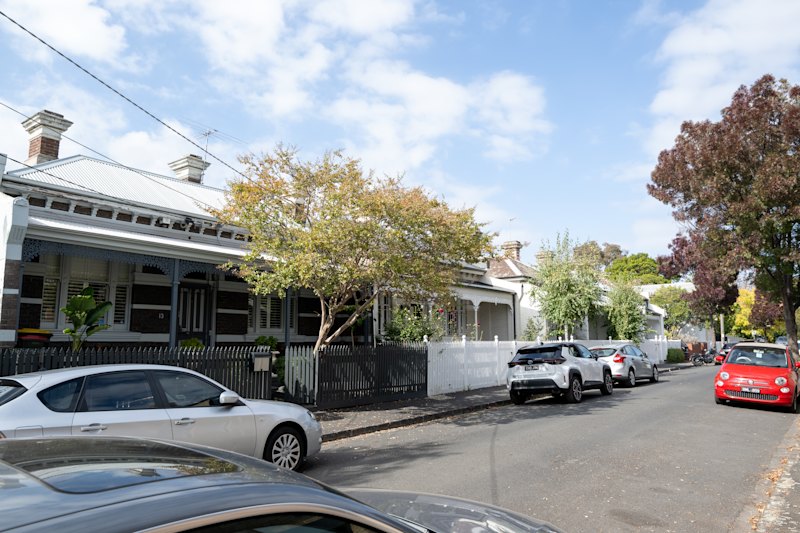Property prices are rising again. Are we at the bottom of the market or the beginning of another boom?
Australia’s property market has been called many things over the years. Outrageous. Unstoppable. Overvalued. A safe bet. Impossible.
One thing it has not been accused of, certainly in recent years, is being dull.
Cast your mind back to 2021. Just two short years ago, Australia was in the grips of the COVID-19 pandemic and a property boom of epic proportions.
Amid the chaos of lockdown orders, travel restrictions and toilet paper shortages, Australians went mad for real estate, their laser focus on relocating, upgrading and renovating sending prices soaring to unprecedented levels.
A lot has changed in just two years.
Firstly, the boom finished. It came to an abrupt end with the advent of an unanticipated and aggressive cycle of interest-rate rises that began in May 2022.
The property market moved, quite swiftly, into a downturn. Successive interest rate rises had an immediate impact on prices and they fell – with Sydney leading the way and falling first – or slowed across the capital cities.
 Homes under $750k within walking distance of the city: The cheapest suburbs within 2km of the CBD
Homes under $750k within walking distance of the city: The cheapest suburbs within 2km of the CBD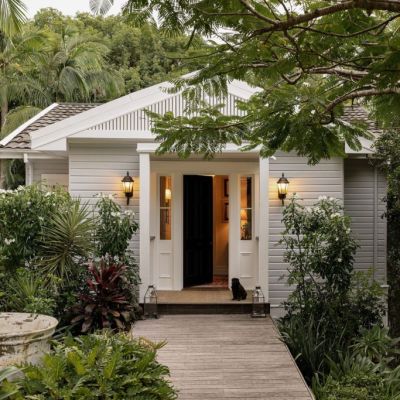 This is the capital city where house prices have risen the most in two years, and it’s not Sydney or Melbourne
This is the capital city where house prices have risen the most in two years, and it’s not Sydney or Melbourne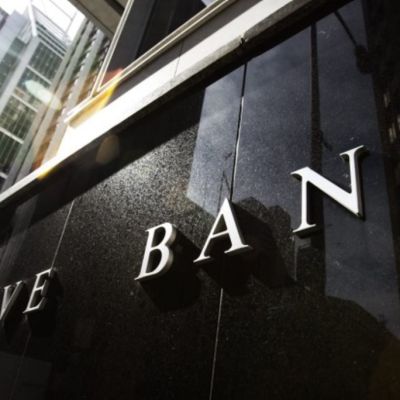 The Reserve Bank’s latest forecasts show interest rate rises are working, but there’s one key uncertainty
The Reserve Bank’s latest forecasts show interest rate rises are working, but there’s one key uncertainty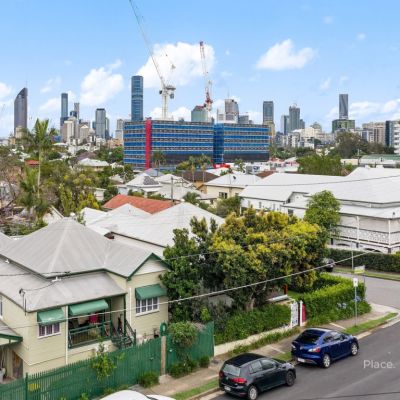 The top three capital cities where property prices are already recovering – and where to buy before prices rise again
The top three capital cities where property prices are already recovering – and where to buy before prices rise again

Some wobbled more than others, and very quickly, the number of people listing their property for sale shrunk significantly.
Anyone who didn’t have to sell in a down market simply put their plans on ice. Because who wants to sell their property when prices are falling?
But what goes up does not always come down – or at least come down by as much.
Despite predictions that prices could fall by as much as 25 per cent, Australia’s property market is digging its heels in. The downturn is already officially over.
Moreover, prices are on their way back up again.
Are prices actually rising? And by how much?
Officially, prices are rising, although the recovery is being led by – you guessed it – Sydney.
Property price movements in the NSW capital tend to pave the way for everywhere else (whether they’re going up or down), so when it was revealed the median house price had risen by 1.3 per cent over the March quarter this year, it was a small but very important uptick that signposted a broader shift.
Nationally, the median house price is up by 0.4 per cent – not much in the grand scheme of price rises – but the most recent Domain data shows houses are selling faster, the proportion of properties being sold at a discount is falling, and auction clearance rates have bounced back, big time.
Domain’s auction report for May found clearance rates across the combined capitals had increased to a 17-month high of 71 per cent – the highest point since October 2021.
According to agency Ray White, bidder numbers are “noticeably huge”, and sellers who are taking their property through to auction day are fetching 12.2 per cent more under the hammer compared to the highest offer made prior.
A four-bedroom terrace home on just 203 square metres at Erskineville sold for $4.2 million on the weekend – a massive $400,000 above reserve – smashing the suburb record.
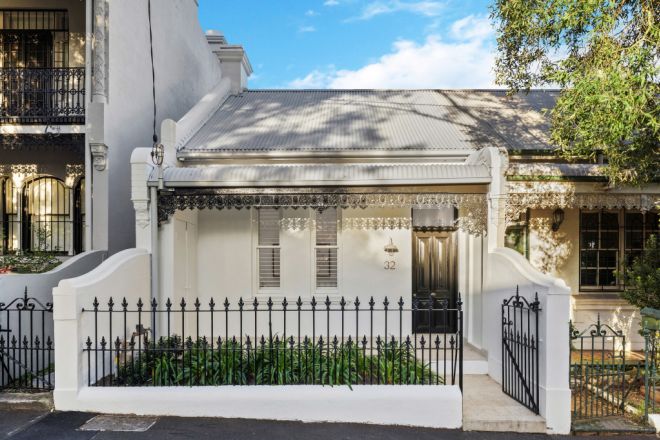
Ray White NSW chief auctioneer Alex Pattaro says with stock levels remaining extremely tight, now is the time for sellers to capitalise on a huge buyer appetite.
“Competition at auctions is electrifying and should provide sellers with the confidence to transact,” he says.
“The Sydney property market is starting to snowball and is gaining strong momentum. Auction remains the best method of sale … while showing buyers that there are other confident buyers out there, looking to secure a home.”
In Melbourne, houses at the top end of the market have been performing well. Buyer’s agent Mal James says premium areas like the Boorandarra, Stonnington and Bayside local councils are “experiencing consistent growth across all sectors”, although it is not always uniform.
Brisbane’s top end has been firing for weeks. For example, a contemporary new build that attracted 300 people to its first open home reportedly sold in just seven days to a local buyer for around $10 million.
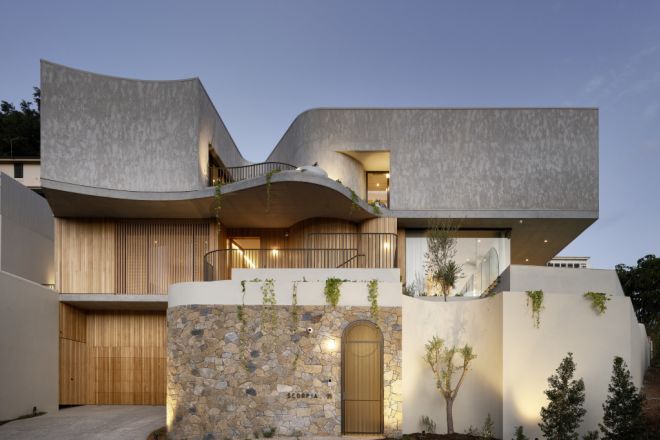
Australia’s four largest banks have all revised their housing market forecasts, shelving their previously more dire predictions for more positive price rises going into 2024.
Westpac and CBA are now forecasting house price rises of 5 per cent in 2024 and ANZ is forecasting a rise of 2 per cent next year. NAB is forecasting very moderate rises.
Westpac senior economist Matthew Hassan says the shift had been unexpected but is now well-established.
“The surprise resurgence in Australia’s housing market since the start of the year has broadened and strengthened over the last few months,” he says.
“We’re now seeing auction clearance rates well above 70 per cent; price gains look to have accelerated again into May and broadened to more markets. But I think, most importantly, our surveys show that consumers expect price gains to continue to from here.”
How can property prices be rising again so soon?
If you’re feeling confused as to how prices could already be rising again this soon, particularly when interest rates are still going up and the cost of living is tougher than it’s been in a long time, you’re not the only one.
“It wasn’t intuitive that house prices would suddenly start rising while the RBA was still hiking interest rates,” says Gareth Aird, head of Australian economics at CBA.
“When the RBA started raising rates, home prices started falling and we had some pretty big falls. Our expectation was they would keep falling as long as the RBA kept hiking.”
There are a couple of important factors that are making all the difference.
Firstly, there isn’t enough property for sale. There is a serious shortage of stock due to all those home owners who have held back on listing because they didn’t want to sell in a down market.
Compared to this time last year, and depending on the location, there’s anywhere from 10 to 20 per cent fewer homes for sale right now, on Domain’s data.
And although there are affordability restraints with borrowing, thanks to what has now been 12 interest-rate rises, there are still buyers who need to purchase.

That competition between buyers for very little housing stock on the market is helping to fuel prices.
Hassan says the key development this year, though, has been the resurgence in net migration.
“Barely 1.25 per cent of all dwellings are on market at the moment; that’s a cyclical low going back to the GFC,” he says.
“If we think about those 400,000 net migrations coming in; it only takes five, 10 per cent of those inflows to be active purchasers in the housing market for there to be a discernible shift in the demand picture.”
Aird says it’s this “big imbalance” between underlying demand and supply that could mean the uplift in prices remains entrenched in the near term.
“We are in the midst of a largely unprecedented situation; we’ve got a highly aggressive RBA tightening cycle, record-high immigration, surging rents and a collapse in building approvals,” he says.
The bottom of the market also brings bargain-hunters out of the woodwork, says Domain’s chief of research and economics, Dr Nicola Powell.
“Once prices start to rise, it spurs people to buy. They’re thinking, ‘Have we missed the bottom of the market?'” Powell says.
“That market chatter is what drives some people to go to the market, and I’d say at the moment there is probably an element of people not wanting to miss a an opportunity; those buyers who think they’ll get a smashing price.”
Will the price rises continue, increase, or slow down again?
Experts are wary about where the upturn is going and whether it can be sustained.
“Firstly, it’s not being driven by interest rates,” Hassan says. “It’s a pretty unusual recovery in housing that moves ahead despite this interest-rate headwind and we need to be wary of that.”
Affordability is still very stretched. The amount of money people can borrow from banks has fallen significantly and there is a limit to what buyers can afford to pay.
“For most buyers, the rise in interest rates and the cost of finance has more than offset any improvements from lower prices,” Hassan says. “So affordability is still very constrained and that’s showing through in buyer sentiment, which is very weak.
“This style of price-led upturn is uncanny. It’s unusual. It doesn’t mean it won’t be sustained but what I would say is it’s harder to sustain.
Hassan describes the market as being in a holding pattern: “It could be an on-again, off-again story in that sense. It may be premature to expect strong gains.”
Should you buy or sell now – or wait?
With so many factors at play, there’s no easy answer, Hassan says.
“It’s a difficult situation at the moment. Do you chase prices in a thin market and then get wrong-footed? Or do you stay out and face the prospect of coming back with prices having moved further away?” he says.
“It’s not easy at all … for me it’s still kind of unsettling. At the moment, Australia’s property market looks like a turning point but it’s still a transition, and it could inflect either way.”
Home owners wanting to trade up to a bigger or better home could be better off now following recent price falls, Aird says, because the price gap has narrowed.
He notes that everyone’s decisions become tougher every time there is an interest rate rise.
“If you’re in the market with a market with a mortgage, it’s working against you because your repayments keep going up. Those outside of it – it just keeps getting harder,” he says.
“Where it’ll get really spicy is if we’re talking about interest rate cuts, and rates coming down in 2024. The housing market could catch fire very quickly because we’ll have that supply/demand shortfall.”
Powell’s advice is to transact where and when you can afford it – and to think longer-term.
“Our research has shown that, over time, it’s not when you get into, or buy and sell, in the market. It’s less about timing and more about time spent in the market,” she says.
“If the past 30 years of price cycles are used as a gauge, it tells us to focus on the big picture rather than getting distracted by trying to pick a price peak for selling and a price trough for purchasing. It is the view that property should be considered as a longer-term investment. If we do this, timing the market becomes less important.”
We recommend
We thought you might like
States
Capital Cities
Capital Cities - Rentals
Popular Areas
Allhomes
More





